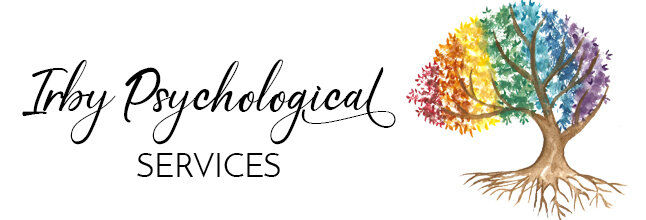Reading Tone: Part 1
Welcome to our 6 part post on how to minimize misunderstandings in text!
It’s easy to understand messages when people say they are angry or sad or excited, or if they tack an emoji to the end of a text. But what happens when they don’t?
Given that even face-to-face communication can be confusing, it should not surprise us that short, dashed-off text messages can result in disastrous misunderstandings. Though, sometimes short messages is all we have time for when we are busy assisting clients in the front office, working with clients, or have 15-20 messages that need a response.
So how do we know what a person is feeling when they don’t tell us? Over the next few days, I will outline six tips to help us better detect emotions in text messages—or, failing that, prevent us from jumping to conclusions based on little evidence.
#1: *Assume Good Intentions*
In general, text messages are short. We have very little information to work with. A smiley face or series of exclamation points can help assure us that the text is meant to express positive emotion, but texts do not always include these extra emotion indicators. Our friends’ busy schedules lead to abrupt messages; our partner’s playful sarcasm isn’t always read as playful‼️
Nicole shared a quote from Brene Brown's beautiful definition of "generosity" in a similar context! She defines generosity as the ability to “extend the most generous interpretation possible to the intentions, words, and actions of others.”
Keep in mind that texts are a difficult medium for communicating emotion. We have no facial expressions, or tone of voice, or conversation to give us more information. 😀
If the text doesn’t say, “I’m angry,” 🤬 then don’t assume that the texter is angry. We are better off reading texts with the assumption that the texter has *good* intentions. Otherwise, we may end up in lots of unnecessary misunderstandings.

